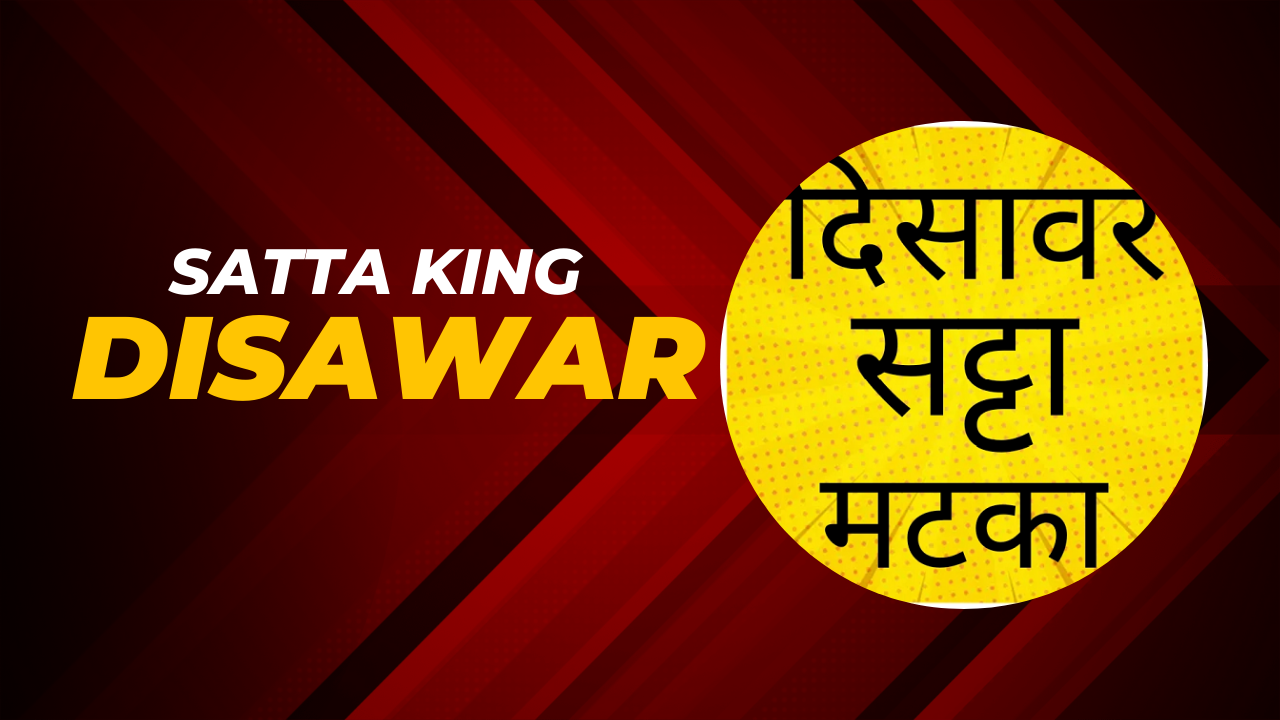Playing and watching cricket is liked by everyone, and if someone doesn’t like anything in cricket. So, it’s the dismissal of the batsman. Because the audience enjoys watching the rain of runs the most. In simple words, fans enjoy the most seeing boundaries and sixes coming from the bats of batsmen. But the dismissal of batsmen in the game of cricket is the most important part of this game. Whenever a batsman gets out, he has to return to the pavilion. And when all the players present in the team get out, it is called a bold out or all out.
In this game of cricket, batsmen can be out in a total of 12 ways. So let’s learn about each of those 12 ways one by one, through which a batsman can be dismissed.
Ways to get out in cricket

In cricket, there are a total of 12 ways a batsman can be out, but most fans are not aware of the majority of these methods. Generally, people are familiar with methods like bowled, caught out, LBW, run out, stump out, hit wicket, etc. So let’s start with the most popular ways of getting out in cricket.
Also Read This: The Ultimate Skipper: Unveiling the World’s Best Cricket Captain in History
12 ways to get out in cricket
Before learning about the ways batsmen can be out in cricket, it’s important to know that the task of determining all the rules of international cricket is done by the Marylebone Cricket Club (MCC). The MCC is located in London, England, and it plays a crucial role in governing the game of cricket worldwide.
Bowled Out – When the ball thrown by the bowler hits the stumps while the batsman is attempting to play it, and the bails get dislodged, the batsman is declared out. Even if the ball touches the bat or any part of the batsman’s body before hitting the stumps. However, if the ball hits the stumps but the bails do not fall off, the batsman will not be given out. Similarly, if it’s a no-ball, the batsman will remain not out.
Catch Out – When a batsman hits a shot and the ball goes directly into the hands of a fielder, the batsman is declared out. However, if while catching the ball, even a small part of it touches the ground or if it’s a no-ball, the batsman is declared not out.
Leg Before Wicket Out (LBW) – The third method of dismissal for batsmen in cricket is LBW (Leg Before Wicket) out. When the ball thrown by the bowler hits the batsman’s body instead of the bat and the batsman obstructs the stumps with his body, he is given out. However, if the ball is outside the line of the stumps or if it’s a no-ball, the batsman survives.
Stump Out – Actually, when a batsman attempts to hit a ball forward and the ball goes into the wicketkeeper’s hands without touching the batsman’s bat, and the wicketkeeper knocks off the bails before the batsman reaches a crease, the batsman is stumped out. However, if it’s a no-ball or if the wicketkeeper attempts to dismiss the batsman in an incorrect manner, the batsman remains not out. That means if the wicketkeeper catches the ball before it reaches the stumps, the batsman is declared not out.
Also Read this: Unveiling the Top Live Cricket Streaming Sites for a Seamless Cricket Viewing Experience
Run Out – The next way in which batsmen can be out is run out, when the batsman’s stumps are hit with the ball by the fielding team before the batsman reaches the crease while taking a run, is called a run out. It doesn’t matter whether the ball is a no-ball or a free hit.
Run Out Mankading – In cricket, there is a method of batsmen getting out called Mankading, which is a form of run out. However, there is a slight variation in this. Essentially, when a batsman at the non-striker end leaves the crease before the bowler delivers the ball, they are deemed out as Mankading. Although many times, even after the fielding team dismisses the batsman, they just give a warning and allow them to bat again.
Hit Wicket Out – When a batsman, in any way, dislodges the bails while the bowler is bowling, it falls under the category of hit wicket dismissal. For example, you may have seen when a batsman attempts to play a shot by moving backward, they either collide with the stumps themselves or knock the stumps with their bat.
Handling The Ball Out – When a batsman, after hitting the ball, tries to protect their wicket by pushing it with their hand, they are considered out due to obstruction in the fielding. Or if a batsman, during the course of play, without the consent of the opposing team, uses the bat or any part of their body to return the ball to a fielder, they are also deemed out due to obstruction in the field.
Obstructing the field Out – When a batsman deliberately attempts to obstruct the field by trying to stop the ball, they are given out for obstructing the field. That is, if a batsman, while running, deliberately moves towards the wicket to try to stop the ball, they will be out. Or if a batsman tries to hit the ball with their hand without holding the bat, they are also given out for obstructing the field. Additionally, if a batsman deliberately tries to make the opposition miss the catch or tries to distract the fielder in other ways, the batsman will also be given out.
Time Out – When any player of a batting team fails to arrive within the allocated time (usually 2 or 3 minutes) for the next ball after a wicket falls, he is given out. This method of dismissal is called a time out. However, the wicket of the batsman who has taken a time out does not go to any bowler. Put simply, if a batsman takes more than 2 minutes to play the next ball after a wicket falls, they will be given out.
Hit the ball Twice Out – If a batsman hits the ball twice while it is in play, they are given out under the rule of hitting the ball twice. It doesn’t matter whether the ball is a no-ball or a free hit.
Retired out – One of the ways batsmen can be dismissed in cricket is through Retired out. However, in this case, the decision to be out rests with the batsman. Put simply, when a batsman feels tired after batting or for some reason cannot continue playing, they voluntarily declare themselves as retired out. After this, they cannot come back to bat again.
If there is no appeal, there is no wicket
In the current article, we’ve covered all 12 ways in which batsmen can be dismissed. However, it’s also important for you to know that until the fielding team appeals, the umpire does not declare the batsman out. This means if the fielding team dismisses a batsman in any way and then doesn’t appeal, the batsman will be declared not out. This is why all teams always appeal after a dismissal.
Also Read This: Global Cricket’s Next Wave: Unveiling the U19 World Cup







